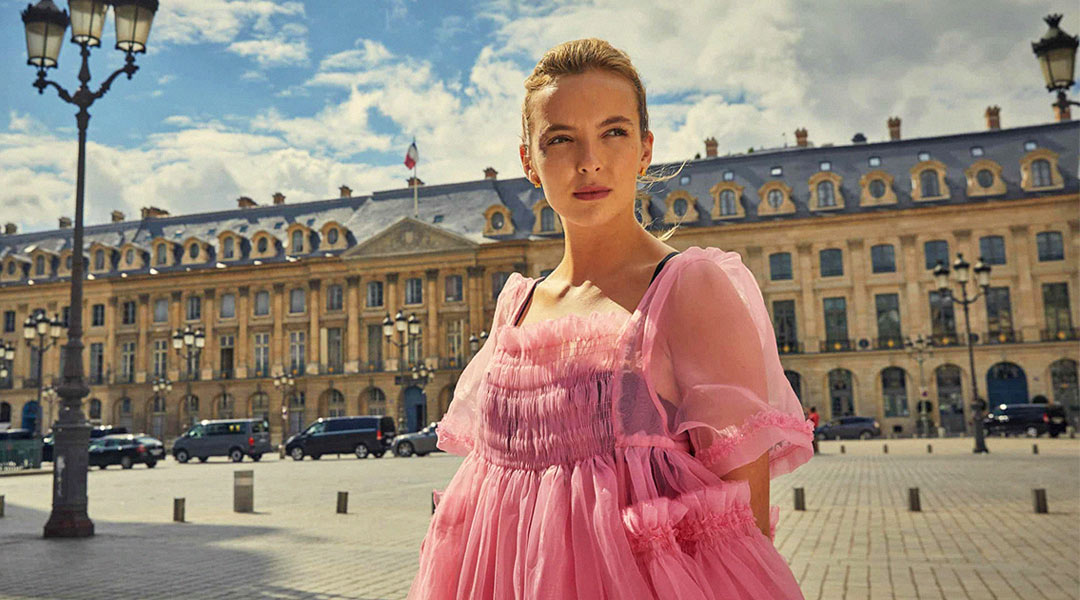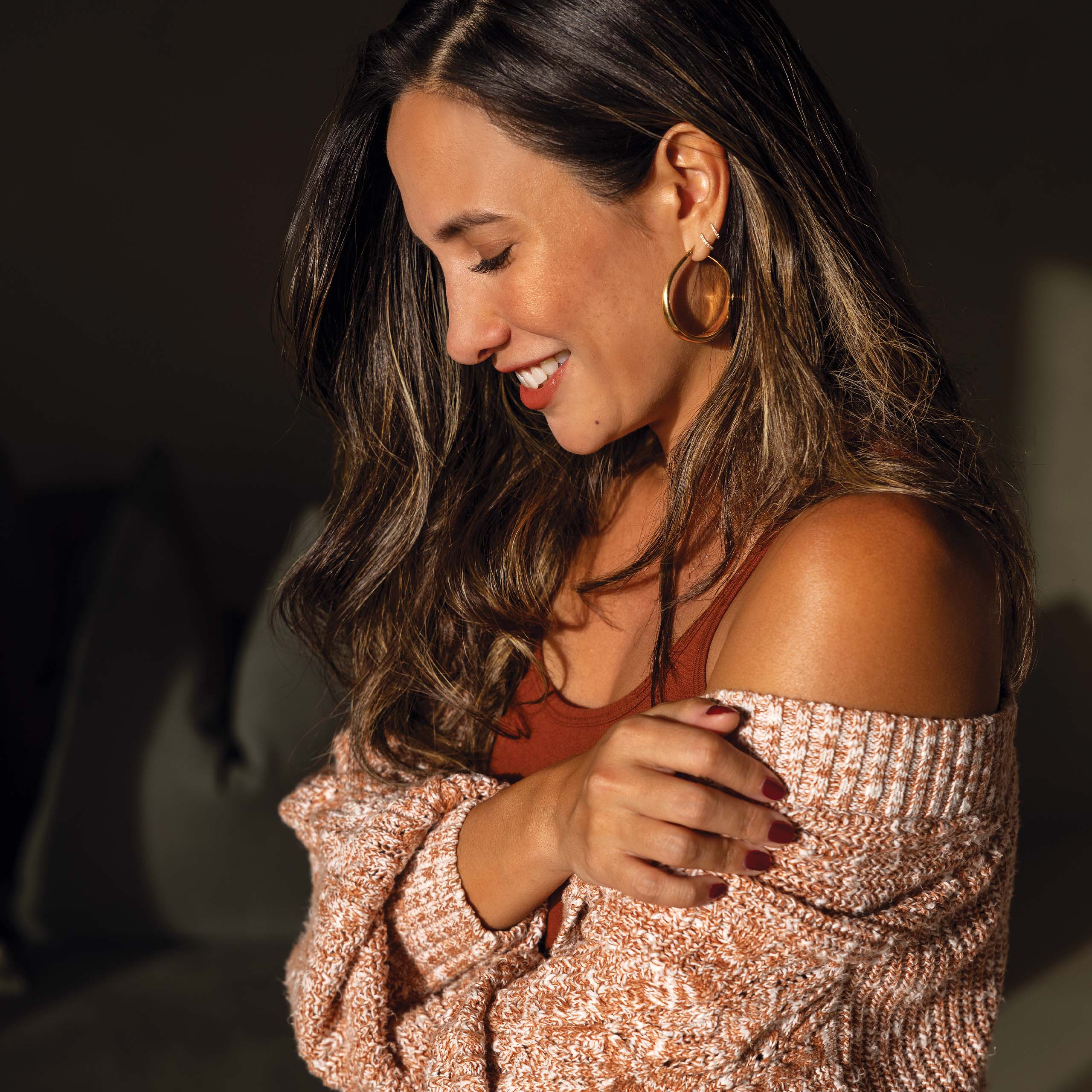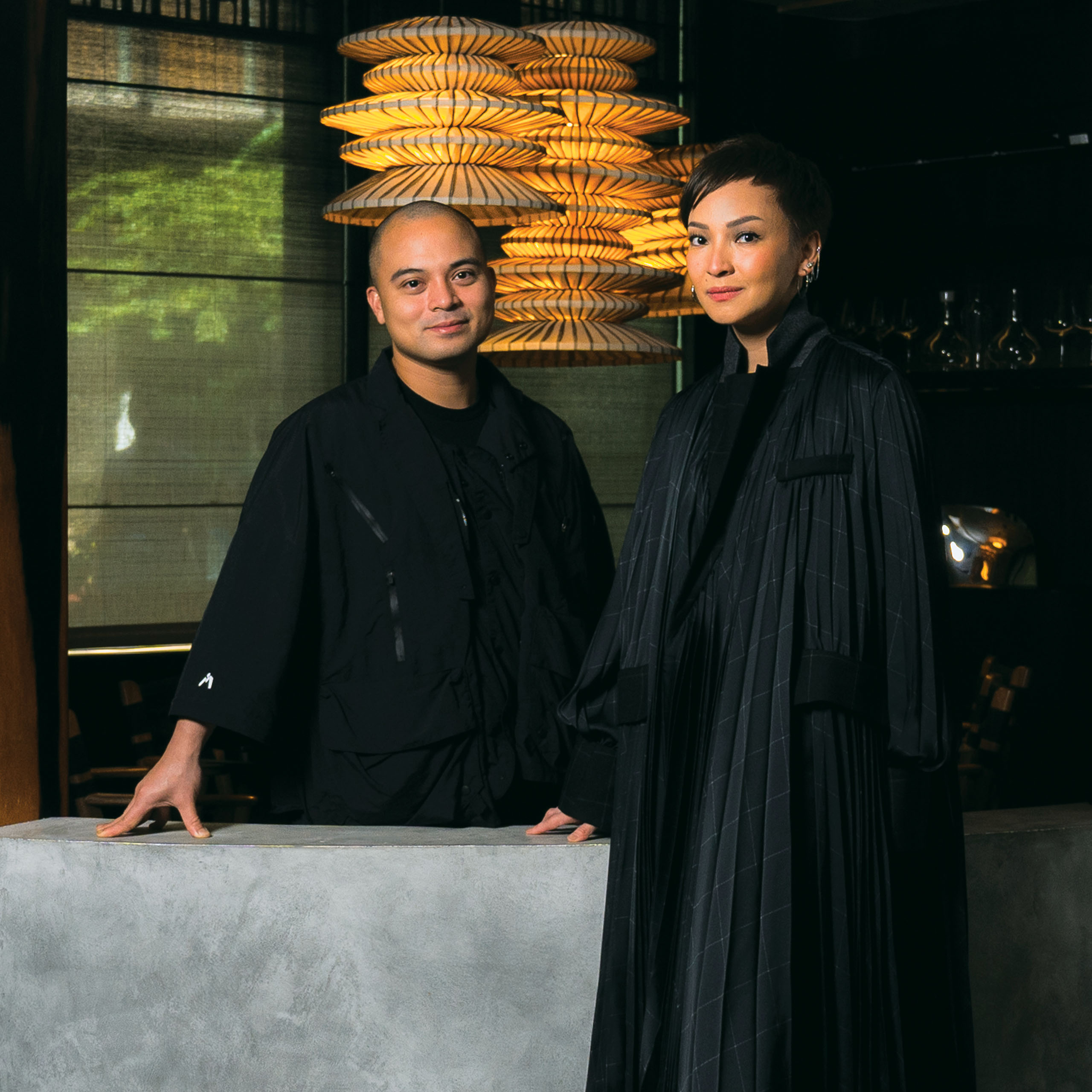Dressing up a character goes far beyond aesthetic
Do you ever wonder what goes inside the heads of costume designers when dressing up a character? Here’s an easy example: Gossip Girl. There’s a certain look that you can associate with Blair Waldorf that simply doesn’t work with Serena Van der Woodsen. They might be wearing the same headbands but Blair is far less rebellious than Serena. Even Jenny Humphrey looks ultimately different. Jenny is your A-lister wannabe. While she can’t afford luxury goods and items like Blair and Serena, she creates her own clothes thus making her stand out from the crowd of luxury labels at Constance. This gives her an edge and a defining moment in the series.
Costume design and wardrobe don’t always come first when a bunch of series is being reviewed. We view how each character has been formed but not everyone sees how important the way each character dresses for them. Blair and her minions can’t be seen without headbands because it tells them that they rule the steps. Chuck Bass is defined by his suits thus stripping his name away when he had “amnesia” in the fourth season of the series. Simply put, fashion defines each character in ways words and actions can’t.
The Taste Of Fashion
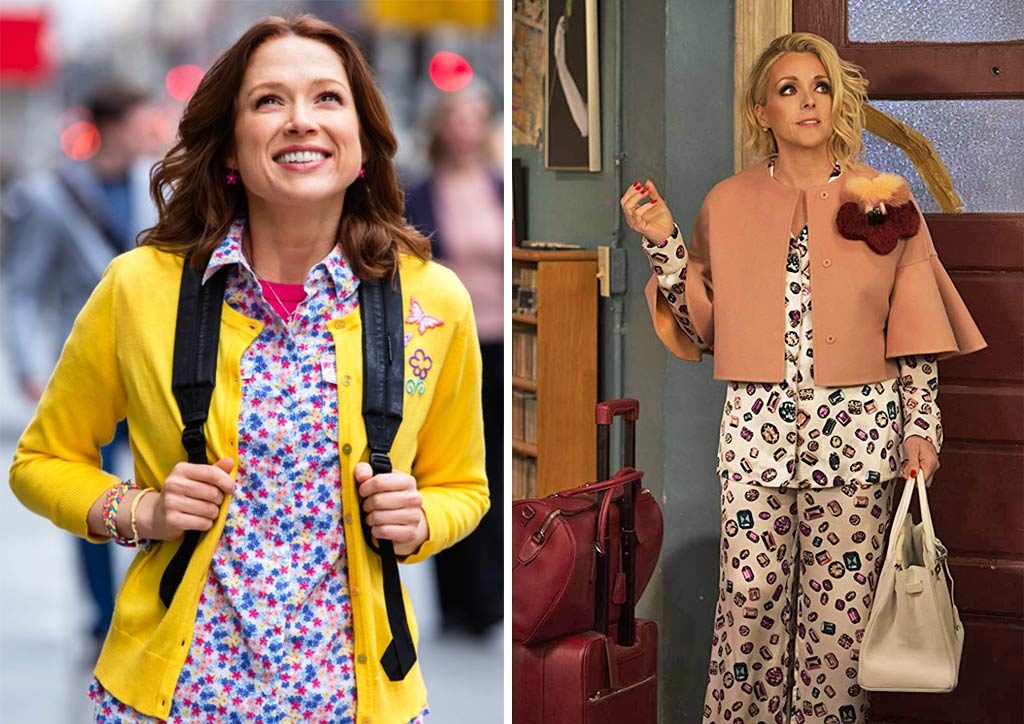
Each time a series plays through, the way each character dresses has a compelling power to the audience. In a sense, there’s always the thought of taking each of their looks as inspiration but on a deeper sense, the characters are aided by what they wear to show everyone just what type of character they are.
Kimmy Schmidt (Ellie Kemper, Unbreakable Kimmy Schmidt), for example, would always sport bright colors in preppy fashion. Having been held captive in an underground community was not very good for Kimmy, but her positive outlook thrived throughout the series. Soon as she’s out in the field, her bland, monochrome clothes were nowhere to be found—she shines throughout each episode. With plain old New York as her background, Kimmy takes on the world in every color that stands out from the crowd, paired with her unyielding smile. This is in contrast with Jacqueline Voorhees (Jane Krakowski) who tries her best to fit in the society as a fake white woman. Next to Kimmy, her look would almost be uninteresting but that’s the goal. As much as possible, she wouldn’t want to be busted for being the Native American she truly is. While displaying chic choices, Mrs. Voorhees mostly picks neutral colors that won’t make her too noticeable in a sea of socialites. Her wildest pick would be in deep red or moss green—nothing as bright and blinding like Kimmy’s.

Killing Eve’s Villanelle (Jodie Comer) would be the most interesting character on TV right now. The psychopath would be your best bet at winning the streets with her fashion. A psychiatric evaluation would call for a pink Molly Goddard gown paired with Balenciaga boots and the last thing you would learn before dying in her hands is a certain silk’s history. It has to come from Villanelle’s exquisite characterization. You can’t find her looking any less presentable even when she’s out to kill. Just like her standout personality, Villanelle is precise with her choice of clothes. Her luxurious choices are vied by Eve’s (Sandra Oh) Uniqlo wardrobe and fabulously unruly hair. The contrast between these characters is pulled together by the way each looks. Just as expected, they define each other less with words and actions, but by the way they look. They believe that the way the other dresses complements that of their own personalities hidden deep within like skeletons in each other’s closets.
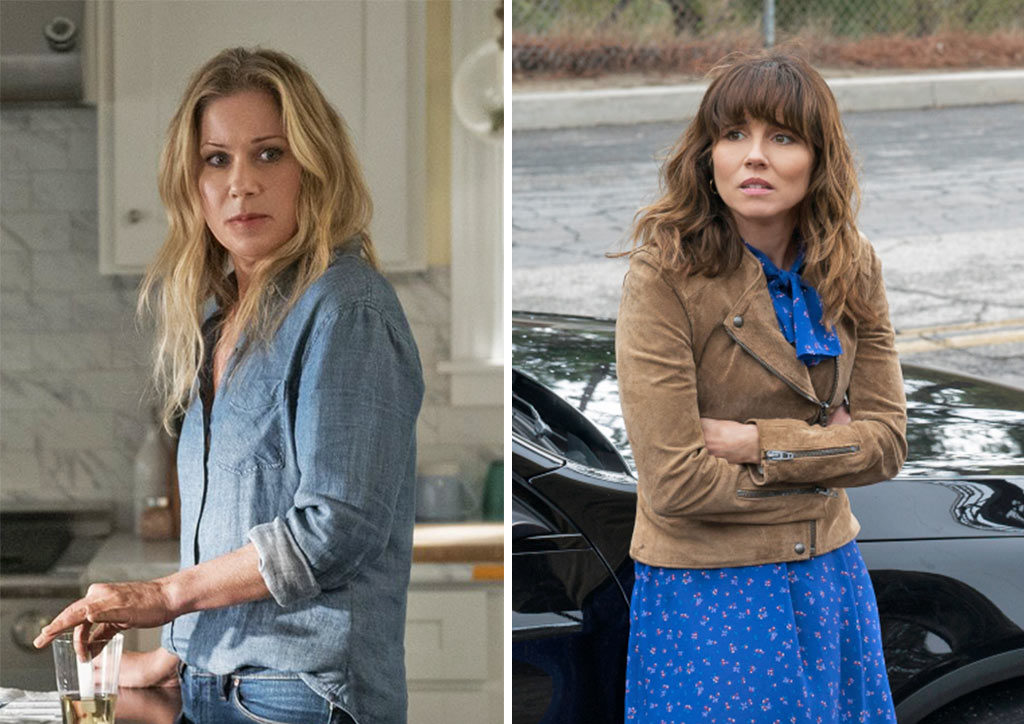
Last week, I have successfully finished watching Dead To Me, a compelling Netflix series about two widows, Jen (Christina Applegate) and Judy (Linda Cardellini) pulled together by their pain and grief at a support group meeting. Their differences can be seen mainly by the way they dress. If not seen in her corporate ensembles, Jen would look her simplest in functional attire that fits her lifestyle. She’s your typical middle-aged woman trying her best to keep her family afloat with the recent loss. At the moment when she’s decided to move on, you’ll see her at her finest—a woman who knows how to carry herself and keep her composure despite the pain she goes through. Meanwhile, Judy is a woman who dresses like a Zara or Marks and Spencer mannequin. No shade on Judy’s fashion, but it reflects her beliefs. She’s bright colors and patterns; bold hues and lightweight pieces. It’s evident that Judy simply has a different way of coping with loss. She takes it lightly and if all goes wrong, she would probably blame mercury retrograde for it.
Each of these characters dresses more than to impress. They take part in building their personalities and much as we’d love to see each of them dressed to the nines without any defining point in their looks, it would be too boring and predictable. What makes you think we’ll be interested in characters painted sans flaws and imperfections?
Photos from Imdb
